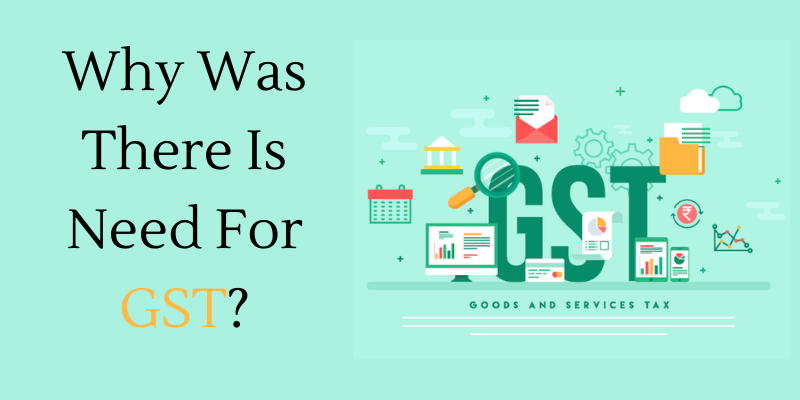
The Goods and Services Tax (GST) is India’s most extraordinary and ambitious tax reform post-independence. When questioned About the need for GST in India, its purpose and ambition was to charge a single national uniform tax across the country on all types of goods and services. It has replaced several taxes, like sales tax, service tax, and so on, making India a more integrated national economy and bringing more people into the taxation net. Improving efficiency can significantly impact the country’s finances and economy. Implementing a new tax scheme and instilling products and services by the State and the central government in a broad and complicated system is likely unique in history. In this blog, we discussed Why There Is a Need For GST? and enrolled in GST Classes in Chennai at FITA Academy to learn more about this.
Why There Is Need For GST?
The old indirect tax scheme had numerous disadvantages and limits. GST could cover, lessen, and eliminate most deficiencies by providing benefits. We discussed the need for GST in India in points that show why India requires GST:
1)Boost In Exports
Assume that the Indian market is competitive in terms of pricing. In that case, more international players will try to enter, increasing the number of exporters and benefiting the country.
2)Competitive Prices
It eliminates all indirect taxes, which effectively means that the tax amount paid by end customers will be reduced. As we learn in economics, the lower the prices, the greater the demand for that goods, resulting in more consumption and benefiting the entities.
3)Increase In Revenue
One of the reasons for the necessity for GST was to increase revenue from indirect taxes in the country. GST is simple to grasp, and a simplified tax structure will attract more taxpayers, increasing revenue for the Indian government.
4) Easy Tax Structure
Before GST, taxpayers had to pay numerous taxes; now, with GST, a single tax system, only one tax must be paid, which is comparatively simple and easy to grasp. Accounting complications will be reduced, resulting in less paperwork, saving both money and time.
5)Seamless Flow Of Credit
Because It is a destination tax, the revenue from SGST is distributed to the consuming states. The exporting State’s interstate supplier may set off the available credit of CGST, SGST/UTGST, and IGST against the IGST payable on his interstate supply. The importing State may claim the credit for IGST paid on interstate purchases made by him. Thus, unlike in the past, when the credit chain would break in the case of interstate sales due to non-VATable CST, there is a continuous credit flow in the case of interstate deliveries under the GST regime. The centre sends the IGST credit utilised to pay UTGST/SGST to the importing State.
As we reviewed the problems with the existing indirect tax regime, we realised Why There Is a Need For GST? and a better one, and it had been in the works for quite some time. Though this still has certain flaws that the council is continually looking at and improving, the results have been excellent, and the revolution has been successful so far.
